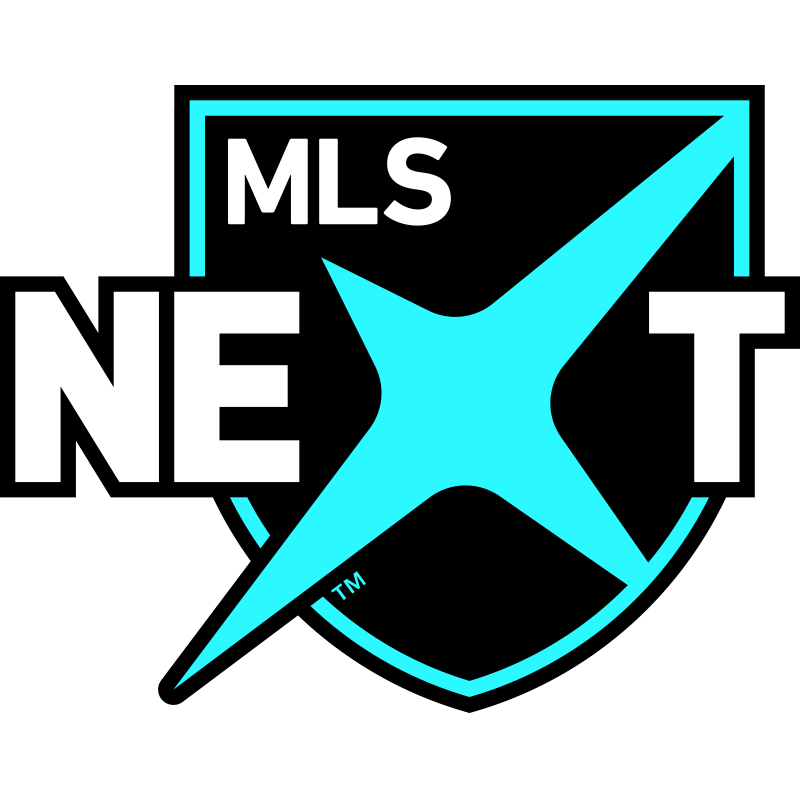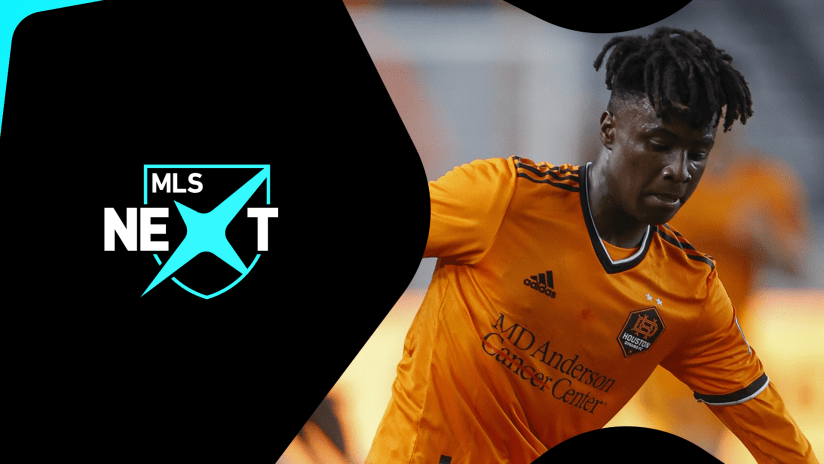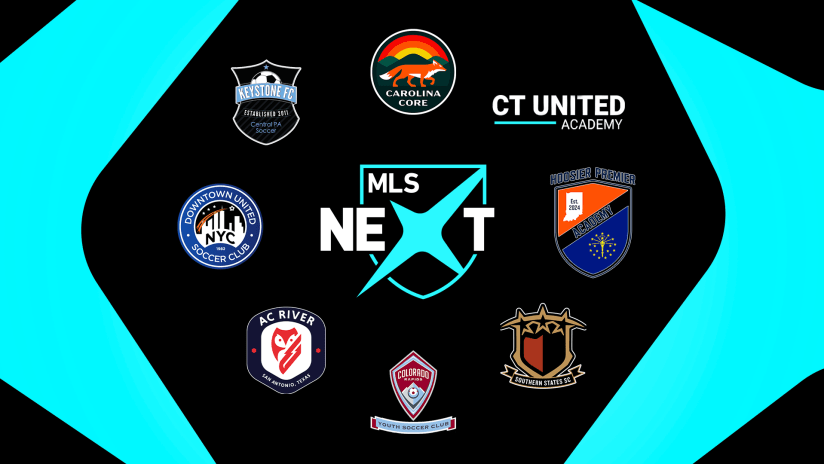For all the money sloshing around youth soccer in the United States and Canada, precious little of it is explicitly directed towards organizations that lay the groundwork for young talents to become professional players, in specific recognition of that contribution to the development ecosystem.
Independent clubs like Real Colorado and Weston FC have been identifying and developing young talent for decades – in their particular cases, that includes standouts like Ethan Horvath, Alejandro Bedoya and Aidan Morris – with little tangible reward for their role in those players’ advancement to the sport’s uppermost levels.
They often earn respect, reputation and exposure for their role, which certainly helps them stand out in the intensely competitive landscape of elite youth soccer. But unlike in most nations around the world, where FIFA and its national federations administer a complex system of training compensation and solidarity payments to remunerate clubs who nurture future pros, there’s no direct financial component, no means to bankroll or incentivize further efforts along those lines.
“I don't think a lot of people realize, a lot of these clubs like us, we're a 501(c)(3) nonprofit,” Steve Ziegler, president and co-founder of Weston FC, one of south Florida’s top youth clubs, told MLSsoccer.com on Tuesday. “We provide a lot of money into financial aid, because the pay-for-play model, what it costs us to train these kids with the high-level staff that we have – which I think is the best in the country, honestly, and then you’ve got to pay field rentals, insurance, all that stuff.
“You really can't cover the cost just from what you charge registration fees, which of course you're trying to keep limited so people can afford to play.”
Forward progress
That makes Tuesday’s unveiling of the MLS NEXT Development Grant Program such a notable milestone.
The new initiative provides financial compensation to non-MLS member clubs in MLS NEXT – ‘Elite Academies,’ in the league’s parlance – who produce players who make it to the pros. The payments are first triggered upon the player signing an MLS homegrown contract, and continue with rising dollar amounts for reaching set milestones in the number of MLS matches played. Those who are eventually transferred to clubs overseas can reap an even bigger windfall for the clubs that helped them get their start.
“It's a massive step that I think we're all hopeful kind of closes the gap across the world,” Clint Baumstark, an MLS and US youth national teams goalkeeper in the early 2000s who today works as the boys academy director at Real Colorado, told MLSsoccer.com. “Globally, this has probably been one of the things in the US that has never come to fruition, right?
“We had actually two players previously, Ethan Horvath, who is currently in the Premier League, and former [New England winger] Tajon Buchanan, who just took a $7 million transfer to Inter Milan, and we've never received anything. So for MLS to be closing this gap, to be taking the forefront of this initiative, it's massive for everybody – MLS clubs, non-MLS clubs, youth academies. And hopefully it's just the first of many.”
The new program is being applied retroactively, and Real Colorado are one of eight clubs to receive compensation, in their case for their role in the development of goalkeeper Adam Beaudry, who signed a homegrown deal with the Colorado Rapids last month.
“We don't have a first team for Adam Beaudry to go play on,” said Baumstark. “Now there's that hand-in-hand, sort of walking together towards that process, where there's a benefit to everybody involved. Now that there's a benefit to everybody, hopefully that really opens parents’, players’, families’ eyes to say, ‘Now this pathway can be produced for me, and my local youth club can also be celebrated in that process, and benefit from that process.’
“We can essentially take this money and provide the next opportunity to the next kid, so that's what makes it so great.”
Moving together
Depending on the details of each case, Elite Academies can earn a notable payment if a transfer overseas reaps a transfer fee, of which a percentage is passed along to the youth club.
“This development grant should be reinvested into their player development programs, whether that’s staffing, programs – resources to ensure that they have an elite environment. Facilities, staffing, programs, training, matchday or just the access to overcome barriers to play,” said MLS NEXT General Manager Justin Bokmeyer.
“This is a direct step in action to help foster those relationships and foster that trust. Elite Academies plays such an important role within MLS NEXT and within the soccer ecosystem, and we understand that.”
While the financial specifics will vary, and be reevaluated from year to year given how new all this is, the concept is a marked step forward in and of itself, especially given the historical context.
Elite youth soccer can be ferociously competitive both on and off the pitch, and frustrations arose in the early years of MLS’ push into the youth development space. While most youth clubs and coaches welcomed the opportunity for their players to advance into pro environments, others resented losing their top talents – which represents both a fiscal and competitive drain – with essentially little more than ‘thanks’ and a handshake in return.
Now they’ll gain concrete resources, which can help future generations advance along the same pathway.
“That was one of the subjects that we always discuss between the directors: when something like this is going to happen,” said Weston technical director Luis Mendoza. “This is the first step for MLS to recognize the local clubs’ work, and I think it is unbelievable and amazing – because I think it’s a step to the right way. MLS NEXT is already the top league; now doing this, there’s no doubt for every single club that this is the right way to do it and the place to be, to not only grow the players but grow the community.”
When Inter Miami launched their academy in the months preceding their 2020 MLS expansion debut, 75 Weston players joined the program. Since then Weston alums Benjamin Cremaschi, Noah Allen, Ian Fray and Tyler Hall have signed homegrown deals with the Herons.
Now the club is receiving a Development Grant for their role in Cremaschi’s career, which Ziegler says will be put towards need-based scholarships for their competitive teams, much like the proceeds from the huge Presidents’ Day weekend tournament Weston will host later this month with some 16,000 players participating from 14 states and seven countries. With operational costs rising significantly in recent years, having multiple revenue sources like these is vital.
“They can see the light right now,” said Mendoza of the knock-on effect at his club. “This is going to create a reaction with the players. Everybody's going to get better, and that's what we want. We want all the clubs to improve. We want all the clubs to get better. That's going to create better competition and with better competition, you accelerate the quality and the development of the players. Everybody's going to benefit from that.”
Brighter future
MLS NEXT’s Development Grants are limited to MLS NEXT member clubs, and aren’t the same as the training compensation/solidarity payments. That process, in which MLS began participating in 2019, can only be operated by FIFA and national federations. Canada Soccer has distributed such payments to grassroots clubs, including in the cases of Alphonso Davies’ move from Vancouver Whitecaps FC to Bayern Munich and Doneil Henry’s transfer to West Ham, while U.S. Soccer has long steered clear of full participation in that system, which relies on comprehensive record-keeping to maintain a ‘passport’ for all registered players and their home clubs.
For Baumstark, it’s still a vital step forward.
“Each one of us can only control our own entities,” said the former D.C. United and FC Dallas ‘keeper. “Hopefully this propels our federation because, at the end of the day, they're the ones making this decision. This has been a problem for a number of years. And I think the fact that MLS is willing to take this step and put themselves on the forefront, I'm hopeful that people don't look around and say, ‘Well, why not me?’ I hope people look around and say, ‘Well, why isn't our federation doing this for all of us?’ Because the reality is we all could unite.”
MLS NEXT was born in the depths of crisis. Currently in its fourth season of play, the national youth league was conceived and launched on the fly in 2020 in the wake of U.S. Soccer’s decision to shut down the Development Academy, MLS NEXT’s predecessor, amid budget shortfalls imposed by the COVID-19 pandemic.
At the time, the overriding focus was simply survival, attempting to salvage what the DA and its member clubs had built across more than a decade of painstaking growth. The vision of someday pushing player development in the US and Canada to new levels was central, though, and Tuesday’s announcement underlines the progress that’s been achieved.
“The investment into player development is far and above where we thought we could have been four years ago,” said Bokmeyer, “and so it just speaks to the growth of the league, the strength of it, how important it is to the countries’ soccer ecosystem.
“We feel that with this platform, we should be leading from the front, and we should be setting the example on player development: reducing barriers, providing more access to players so that they can be in the game … This is a great step in the right direction.”
















